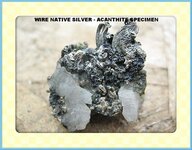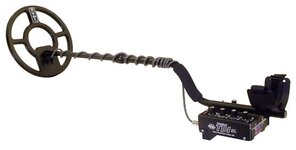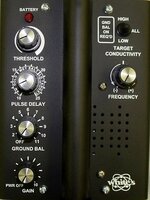Jim Hemmingway
Hero Member
- Jan 26, 2008
- 788
- 1,615
- Detector(s) used
- F-75, Infinium LS, MXT, GoldBug2, TDI Pro, 1280X Aquanaut, Garrett ProPointer
- Primary Interest:
- Prospecting
White's TDI Pro in Silver Country [including Infinium Comparison]
Please click on the attached link to view an updated version of the TDI / Infinium comparison report located in the "Canada" sub-forum here on TNET... thankyou... Jim.
http://www.treasurenet.com/forums/c...ntry-infinium-comparison-february-2011-a.html
Please click on the attached link to view an updated version of the TDI / Infinium comparison report located in the "Canada" sub-forum here on TNET... thankyou... Jim.
http://www.treasurenet.com/forums/c...ntry-infinium-comparison-february-2011-a.html
Amazon Forum Fav 👍
Last edited:
Upvote
0




 TTC
TTC




